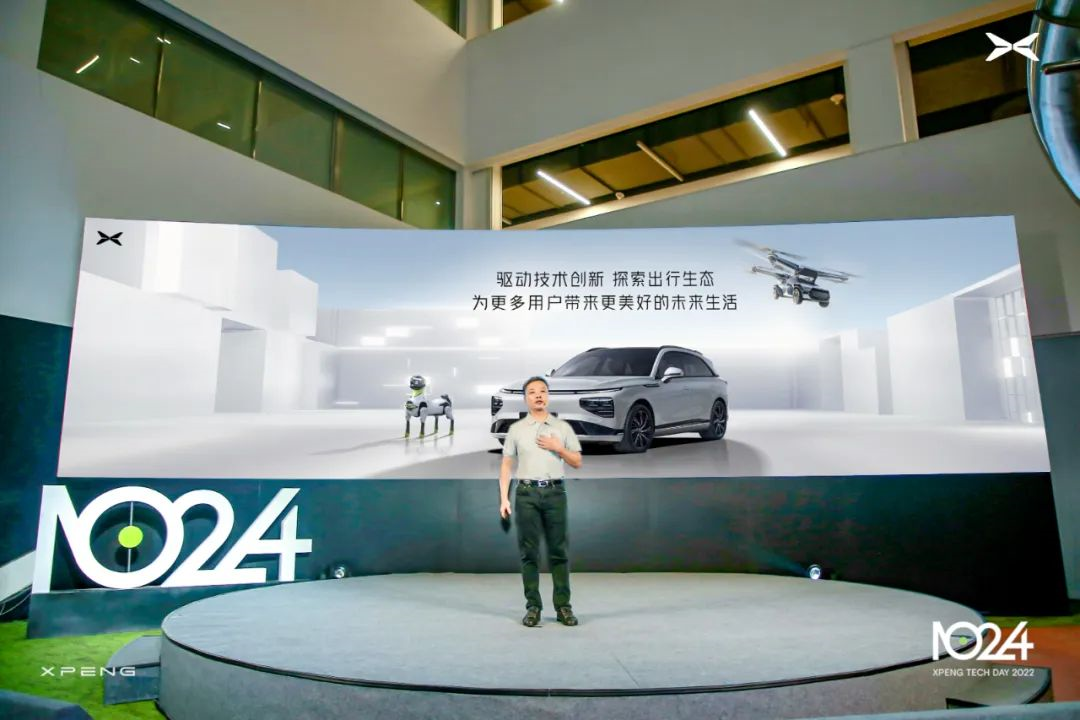Writing by: CH_陈函
You can always trust XPeng’s persistence in exploring technology.
On October 24th, the annual 1024 XPeng Automobile Technology Day arrived.
As always, this year’s technology day is full of practical information. As a new car company that never stops talking about technology/intelligence, you can always trust XPeng’s persistence in exploring technology.
With the theme “From prediction to beyond encounter”, this year’s 1024 Technology Day showcased XPeng’s latest technological progress in four major areas: intelligent driving, intelligent interaction, intelligent robots, and flying cars.

After watching the press conference, I feel as if I have touched the future and seen the endless possibilities brought by intelligent technology, which makes me cannot help but feel excited.
However, it must be admitted that what XPeng is doing now has a high understanding threshold, especially for those who only judge XPeng based on the standards of traditional car manufacturers. They might roughly classify the cutting-edge technologies released on Technology Day as “not doing the right thing”.
But have you really understood what XPeng is doing?
XPeng, not just a car company
This year is the fourth year of the 1024 XPeng Automobile Technology Day. Looking back at the themes and core contents of the previous Technology Days, we have a clearer understanding of this company.
In 2019, the first event was held, which was then called “1024 XPeng Automobile Intelligent Technology Sharing Day”. The first event did not have a separate theme, and did not become a big event. It just held four small media communication meetings in four cities, including Beijing, Shanghai, Chengdu, and Guangzhou.
The core content of the 2019 Technology Day was “What is an intelligent car? What does XPeng want to do?”.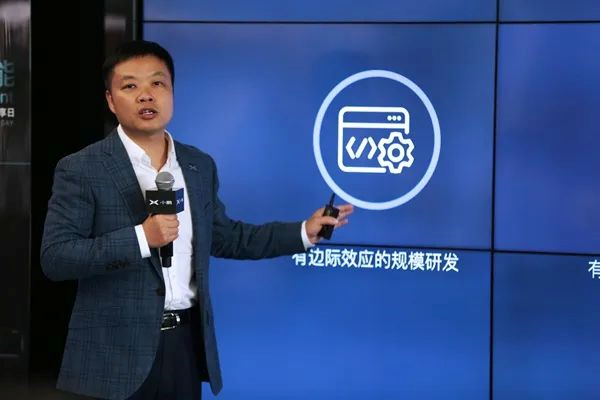
At that time, XPeng only had one product, the G3, and the P7 had not been delivered yet. At the communication meeting, more was about our popularization of what smart cars are and showcasing the powerful auxiliary driving ability that the XPeng P7 could achieve in the future.
There was a popular term at that time called “PPT car-making”. At this communication meeting, the “powerful” XPeng displayed was indeed only in PPT format.
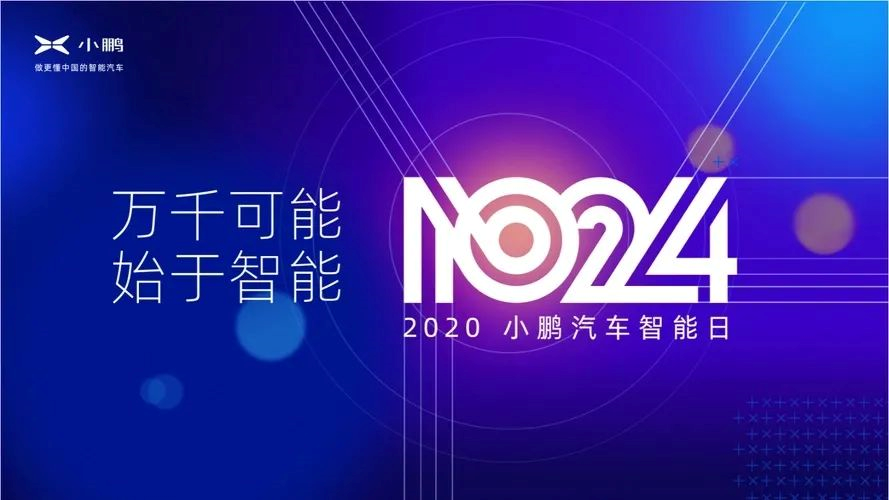
In the 2nd event in 2020, the name changed to “1024 XPeng Motors Intelligent Day”, and the theme was “Endless Possibility Begins with Intelligence”.
I still believe to this day that the theme of this year is the best annotation of what XPeng is doing.
The core content of the 2020 Technology Day is: “Better Understanding of Chinese Automatic Auxiliary Driving + Better Understanding of Chinese Intelligent Cab”.
This year, the NGP intelligent navigation auxiliary driving and full-scene voice of XPeng P7 were outstanding. When these intelligent features, which previously only existed in science fiction films, were truly presented in front of us, everyone began to understand what XPeng meant by smart cars and what smart cars could bring us.
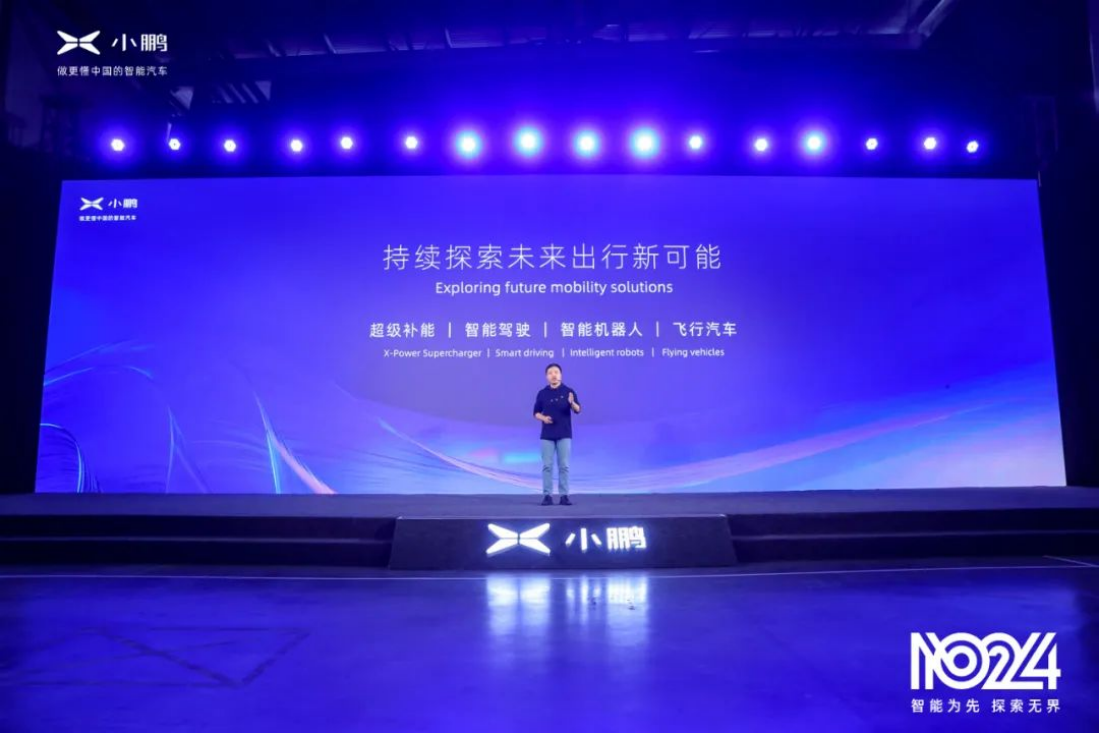 By the year of 2021, when everyone has already recognized the position of XPeng Motors in the field of smart cars, XPeng expanded the intelligence of cars to the whole ecological technology. And the Intelligent Day was renamed as “1024 XPeng Motors Technology Day”.
By the year of 2021, when everyone has already recognized the position of XPeng Motors in the field of smart cars, XPeng expanded the intelligence of cars to the whole ecological technology. And the Intelligent Day was renamed as “1024 XPeng Motors Technology Day”.
The theme of the 2021 Technology Day is “Intelligence First, Explore Without Boundaries”. The core content is to establish five major technology modules for XPeng’s ecology: XPILOT/Xmart OS/XPower/Pengxing (intelligent robot)/Huitian (flying car).
In this year, XPeng has defined the position of “Future Travel Explorer”, and we also know that He XPeng’s ambitions go far beyond just making cars. In addition to the City NGP and the 800V high-voltage silicon carbide platform + 480kW super-fast charging, the focus of attention is generally on the first appearance of the intelligent robot and the determination to mass-produce the flying car in 2024, because they once again allow us to see the future.
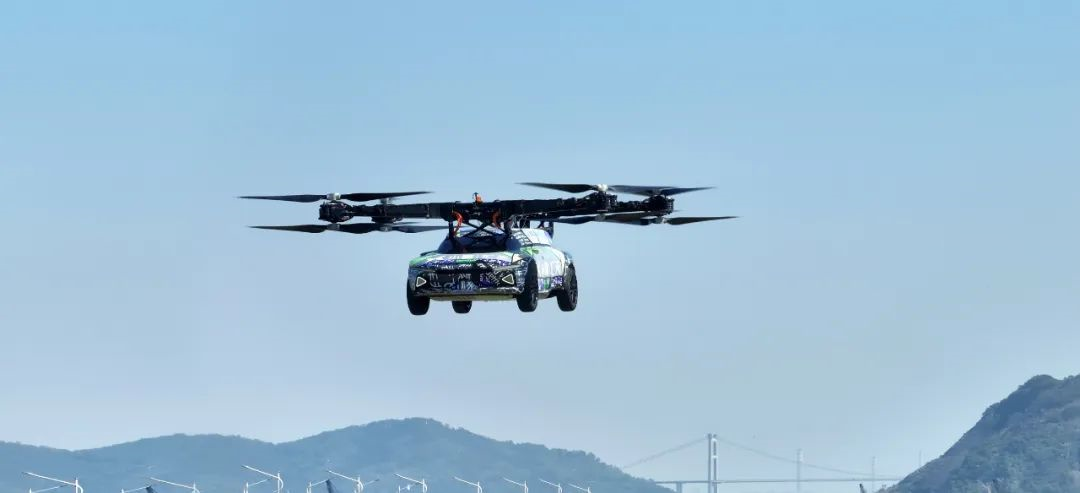
As a participant in the past three Technology Days, I have witnessed XPeng’s transformation from promises into reality, from small to large, from ground to sky, from concepts to mass production.
Over the past three years, XPeng has continued the process of “seeing the future and reaching the future” with its high-speed NGP, urban NGP, full-scenario voice, super-fast charging, intelligent cars, and flying cars.
XPeng is not just a simple auto company, but a technology company dedicated to changing the way humans travel in the future.
Even though what is yet to come seems still unreachable, the speed of technological development always surpasses our imagination quietly. Following the path planned by XPeng, we can indulge ourselves in imagining the future world.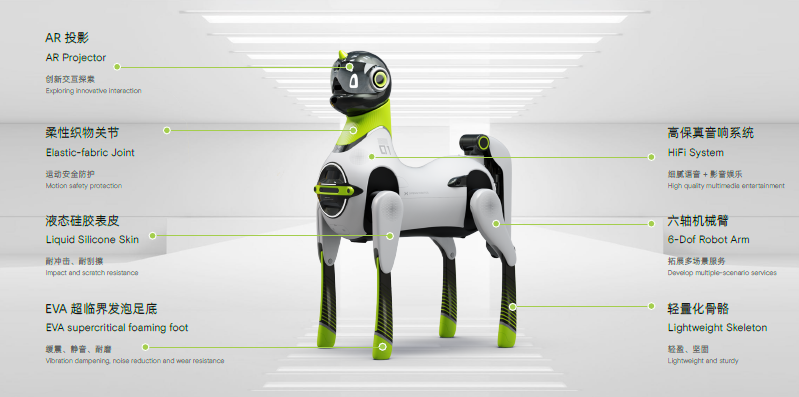
When autonomous driving becomes a reality, we will have more time and freedom on the move, and cars will truly become a mobile living space, better understanding our intentions through technologies like voice recognition.
Flying cars will further resolve urban congestion issues, greatly improving transportation efficiency and potentially changing city layouts, as commuting between suburbs and cities becomes much easier, and valuable resources no longer need to be solely concentrated in urban areas.
Intelligent robots will become members of our households, providing housekeeping services and guaranteeing safe travels for the elderly and children.
Though our current imagination may differ from what the future actually holds, it is these imagined advancements and efforts invested that push forward human progress and a changing world.
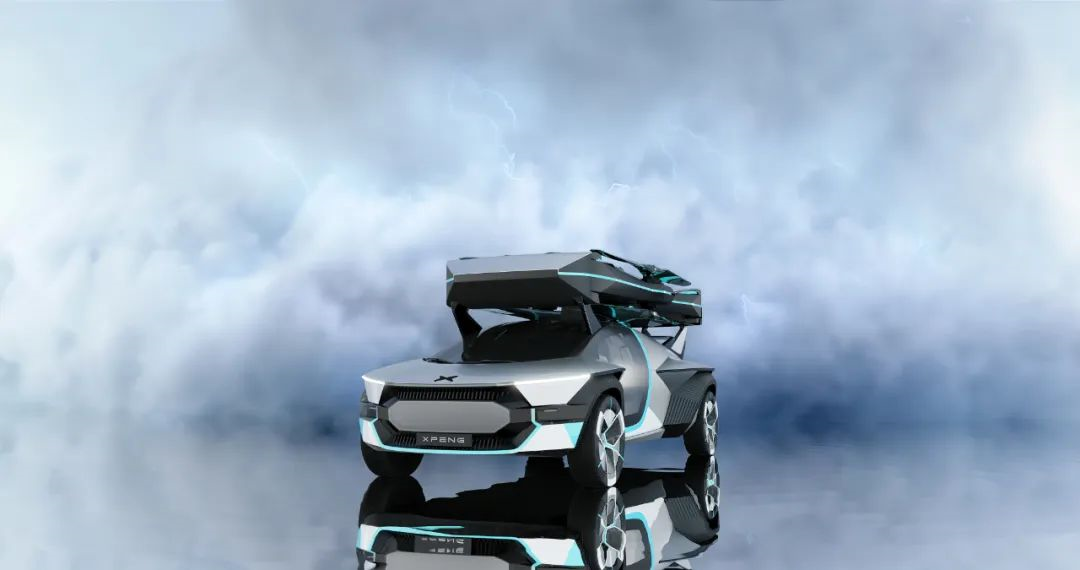
Regardless of whether it’s intelligent cars, flying cars, or intelligent robots, XPeng’s vision to change the world through technology remains the same.
At the same time, these various development directions aren’t blindly chosen, as they’re supported by technological communication and cross-industry innovation.
For example, the control method for XPeng’s flying cars in road mode is no different from that of conventional cars. Using the steering wheel and joystick, drivers can switch to flying mode and even take advantage of autonomous driving features. Furthermore, XPeng’s intelligent robot, “Xiaobailong,” not only features many of the same cameras and ultrasonic radars used in cars, but also incorporates technology from autonomous driving and human-computer interaction systems.## The Two “Moats” of Xpeng Motors
Of course, leaving aside the infinite imagination for the future, in reality, regardless of how eye-catching robots and flying cars may be, intelligent cars are still Xpeng’s most important and only profitable business at present.
Nowadays, when people discuss new car companies, they often like to mention a term, called “moat.” This term describes the core competitive advantage that an enterprise cannot be surpassed by its competitors in the short term in the face of market competition.
Through these years of development, the new car companies that can stand firm at the top must have a moat. In the past, we might have summarized Xpeng’s “moat” as “intelligence”, but now my opinion is:
Xpeng has two “moats”, one is the continuously leading technology, and the other is the self-built supplementary power system.
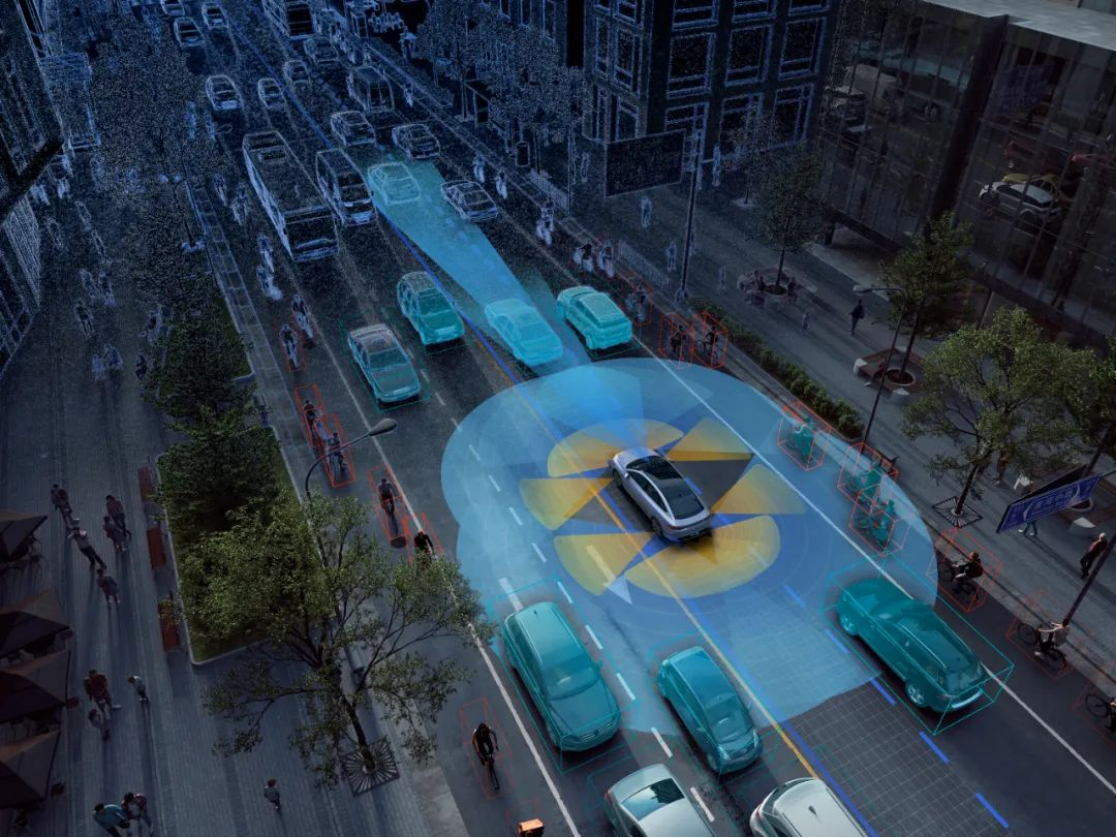
Previously, we reviewed Xpeng’s previous technology days, which made it even clearer to see the leading position and influence of Xpeng’s technology in the industry.
At the product level, the first domestic advanced driving assistance system that dared to challenge Tesla, the first domestic vehicle-end 800V high-voltage silicon carbide platform, and the world’s first vehicle-mounted full-scene voice system all came from Xpeng.
At the level of industry influence, Xpeng brought the term “full stack self-research” to the automotive industry, turned “NGP” into a synonym for advanced intelligent driving, and made “full-scene voice” a common industry term.
In this year’s October 24th Xpeng Automotive Technology Day, more space is given to the new technologies and new progress of the XNGP intelligent advanced driving system and the intelligent interaction system. However, this part is quite hardcore, to understand its greatness, it requires a certain knowledge reserve.
Last year on October 24, XPeng proposed the concept of “second half of autonomous driving”. The second half of autonomous driving has arrived with the promotion of XPeng P5 City NGP, which expands the use of autonomous driving and assisted driving to urban roads.
According to XPeng’s research data, 71% of users drive on city roads, accounting for 90% of the driving time.
Compared with high-speed NGP, the code volume of city NGP has increased to six times, the number of perception models has increased to four times, and the code volume of prediction/planning/control has increased to 88 times. Everyone knows that it is difficult to do urban NGP, but for XPeng, whose goal is to achieve autonomous driving, this is unavoidable.
Although there are many doubts about the availability and necessity of current urban assisted driving, the latest internal test and public test data show that:
The user penetration rate of city NGP has reached 84%, and the mileage penetration rate has reached 63%. The traffic efficiency can reach 90% of that of human drivers, and the number of passive takeovers per 100 kilometers is only 0.6.
Before October 24, XPeng P5’s city NGP had already been fully opened in Guangzhou. With the gradual opening of high-precision maps in various cities, it will be applicable to more and more cities in the future.

In the new flagship product XPeng G9, XPeng will also achieve “seamless full-scene assisted driving anytime, anywhere” – XNGP.
XNGP will break away from the dependence on high-precision maps and achieve a seamless closed-loop assisted driving from the parking lot to the city road to the expressway.For XNGP, XPeng’s goal is to achieve near-zero handovers on highways and urban expressways, surpassing most drivers in safety, road game capabilities, and traffic efficiency.
To achieve XNGP, in addition to the known hardware capabilities of XPeng G9, such as the 508 TOP computing power, dual lidar, and 800W pixel high-definition camera, the software capability released on Science and Technology Day is crucial, including the brand new XNet perception architecture and the fully closed-loop, self-growing AI and data system.
Among them, the brand new XNet perception architecture is the key to getting rid of high-precision maps.
Through the perception front fusion of multi-camera and multi-frame, XPeng G9 will have super strong environmental perception ability for static objects, and can generate high-precision maps in real time. For dynamic objects, XPeng G9 will have stronger 360° perception, game-playing ability, and higher lane-changing success rate.
“Front fusion” refers to the integration of data generated by various sensors to output a perception result. In contrast, “back fusion” refers to the independent processing of data by each sensor, each of which outputs a perception result, which is then fused by the main processor.
To explain more vividly, front fusion is like a small group discussing and coming up with a proposal to submit to the leader, while back fusion is like each person doing their own proposal, and then letting the leader decide which one to use.During the practical application, due to the existence of certain blind spots in various sensors, the perception information obtained at the same time is different. If the conventional single-frame fusion scheme is used, the result of data fusion may have a large deviation from the real environment.
For example, many advanced driving assistance systems often misidentify closely spaced extra-long vehicles as two separate vehicles because the front and rear sensors each observe only a part of the extra-long vehicle at the same time, and it is difficult for the existing fusion scheme to determine whether these two parts belong to the same vehicle.
Another example is that when passing side obstacles, sometimes the obstacles will “disappear” from the display interface of the ADAS system simulation, because if the side obstacles are too close to the side camera and are in the blind spot of the camera, and the front and rear cameras and radar cannot sense the object at this position, the single-frame fusion scheme may consider that this object no longer exists.
XNet, XPeng Motors’ new generation of sensing architecture, effectively solves the above problems. The deep visual neural network uses data collected by multiple cameras to perform multi-frame temporal front-end fusion, outputting 4D information on dynamic target objects (such as the size, distance, position, speed, behavior prediction, etc. of vehicles, motorcycles, etc.) under BEV (Bird’s Eye View) perspective and 3D information on static target objects (such as the positions of traffic lanes and road edges).

Behind this is the daunting work of data collection, annotation, training, and deployment.The significance of annotation in the implementation process of autonomous driving is self-evident. Cameras capture images, lidars acquire point clouds, and to train the brain of the autonomous driving system to understand the information in images and point clouds, we need to tell it like teaching a child to recognize objects, that this is a car, this is a person, that is a road, that is a lane. This process is called annotation in the terminology of autonomous driving technology.
To improve data processing efficiency, XPeng Motors has replaced traditional manual annotation with automatic annotation using neural networks. How much does it improve? XPeng gives an example:
“Taking 500,000 training data clips and 1 billion objects as an example, manual annotation requires 2,000 man-years, and single-machine training on a server with 2,400TFLOPS computing power takes 276 days. The fully automatic annotation system developed by XPeng Motors is 45,000 times more efficient than manual annotation, which means that the annotation volume of 2,000 man-years required by XNet can now be completed in just 16.7 days.”
Not only that, XPeng Motors has built China’s largest autonomous driving intelligence computing center, “Fuyao,” in Ulanqab, based on the Alibaba Cloud intelligent computing platform, with a computing power of up to 600PFLOPS (60 billion floating-point operations per second), to improve computation efficiency.
With the support of “Fuyao,” the efficiency of autonomous driving model training has been improved by 602 times. Compared with single-machine training on a server with 2400TOPS computing power, parallel training on 80 machines can reduce the training time from 276 days to 11 hours.
Automatic annotation + autonomous driving intelligence computing center significantly improves the research and development speed of XPeng Motors.In the car end, relying on the engineering capability accumulated in the development process of urban NGP, the original dynamic XNet, which required 122% of Orin-X computing power, now only needs 9% after optimization. This ensures XNet can be successfully deployed in cars and leaves enough computing power space for future continuous iterations.

On the other hand, the closed-loop, self-growing AI and data system are the guarantee for XNGP’s continued and rapid iteration. Here, XPeng gave examples of two data closed-loop modes: directional acquisition and directional simulation.
In the face of three-wheeled overloaded vehicles, a common shaped vehicle on the streets of Guangzhou, the car-side model can be collected and reported. Through massive collections of vehicles with similar target object data, training models can be filtered and annotated, then OTA to the car side for a new round of collecting in weak scenarios, forming a data closed loop.

If there is a rare extreme situation on the road, such as a tire falling off a large truck, and cannot be used for model training with the data collected on the actual road, XPeng will use directional simulation to create realistic scenes for automatic driving model training.
Through directional acquisition and directional simulation, XPeng has solved over 1000 Corner cases within a year, further reducing the accident rate of high-speed NGP by 95%.
Not only that, simulation is also used to verify code changes. Each line of code change needs to go through a simulation mileage of 50 million kilometers, 5000+ core simulation scenarios, and challenge 17000+ special simulation scenarios to ensure the reliability and positive evolution of functional iteration.
These hardcore technologies may be too esoteric for ordinary readers. But it doesn’t matter, because in the first half of next year, they will land and continue to dig deeper into the “moat” of XPeng’s technological leadership, allowing ordinary users to feel the travel change brought about by technology.
The specific open plan is as follows:


In terms of intelligent interaction, XPeng brought the industry’s first full-time voice interaction function for the whole car – Full-Scene Voice 2.0 at the Technology Day.
To experience how powerful it is, we can watch the following video:“`markdown
You can see that the XPeng G9 not only has faster voice response speed, supports offline recognition, but also is the first to apply MIMO multi-tone area technology to in-vehicle voice system, achieving full-time standby, wake-up-free, four-tone area simultaneous conversation and multi-route contextual understanding for XPeng’s intelligent voice assistant, known as “XPeng P”.
It is like XPeng P has learned the technique of multiplication and can serve up to four people simultaneously in the car, fast yet not confusing.
I know that some people may say, who would talk to the voice assistant in the car at the same time?
However, XPeng has only shown the tip of the iceberg. While many “stupid” voice assistants on other cars are being mercilessly mocked by humans, XPeng has already demonstrated the superiority of AI over humans in multi-link task processing.

Will such a complex voice recognition system lead to lower recognition rates or higher misrecognition rates?
XPeng’s data shows that it will not.
As the first automaker to develop self-developed voice basic capabilities in the industry, XPeng has solved the problem of voice recognition under high complexity, greatly improving performance indicators.
“`The echo cancellation of XPeng can support up to 30dB, with an accuracy rate of up to 97%. Compared with non-basic self-research capabilities, the error rate is reduced by 7.7% in standard quiet scenarios, 7.16% in mixed Chinese and English scenarios, 36.79% in noisy environment scenarios, and 33.84% in local accent scenarios. CPU usage is reduced by 65.9%, and memory usage is reduced by 42.3%.
These cold numbers are the best proof of XPeng’s leading intelligent voice capabilities.
In the field of autonomous driving and intelligent interaction, XPeng’s technological leading edge is beyond doubt.
Insisting on full-stack self-research and rapid iteration ensures the continuous deepening of XPeng’s “moat”.

In addition to the first in China 800V high-voltage SiC platform and 480kW super fast charging mentioned earlier in XPower energy supplement system, XPeng is also one of the few domestic car companies with self-built energy supplement infrastructure and exclusive energy supplement routes.
This means a long-term and high investment strategic deployment that other car companies cannot replicate in the short term.
Due to the length of the article, we will not elaborate on this. Friends who are interested in this aspect can review the XPeng super charging experience topic we did during the Spring Festival last year:
“Is it a trap to drive an electric car with XPeng during the Spring Festival travel rush?”
Technology-driven and User Perspectives
Although for a long period of time this year, everyone’s attention to XPeng was mainly focused on sales, essentially, XPeng is a technology-driven company, and its thirst for technology is engraved in XPeng’s DNA.小鹏 has always been pursuing the most advanced technology and applying it to the latest models, which is the inner driving force for forming its technology leading moat.
To achieve this, they even broke the tradition of using top-notch technology first on top-level models in traditional car companies. For example, the P5 has already been equipped with LiDAR and urban NGP before P7 and G9.
Not only that, while creating demand with new technology, XiaoPeng is also satisfying needs from the user’s perspective. The continuously improving energy replenishing system, fast iteration of each OTA, and constant optimization of each generation of cars have all fully taken user feedback into account.
These features have destined XiaoPeng’s products to be slow-burning players for a long time. I still remember three years ago when the P7 was released, even I questioned whether P7 wanted to compete head-on with the Tesla Model 3, which was prevalent at the time; it was simply having no understanding of its own limitations.
However, the result gave me a big slap in the face, because whether it is intelligent driving, intelligent interaction or exclusive energy replenishing system, they are all strong experiential products. Before the formation of user reputation, most people who have not experienced them find it difficult to accurately judge their value.
However, for car manufacturing, slow-burning is not a bad thing.”Building a car is definitely a marathon, a long-distance running event. In the beginning, you don’t necessarily have to be at the front of the race because there is too much attention on you and you may be affected by other factors like wind. It’s much more comfortable to run in the front or second group. Consider the long-term, think about persistence, and wind resistance, and then come out in the middle and later stages. I think it’s better for building a car.”
This is what He XPeng said in an interview.
Dreams are the meaning of life
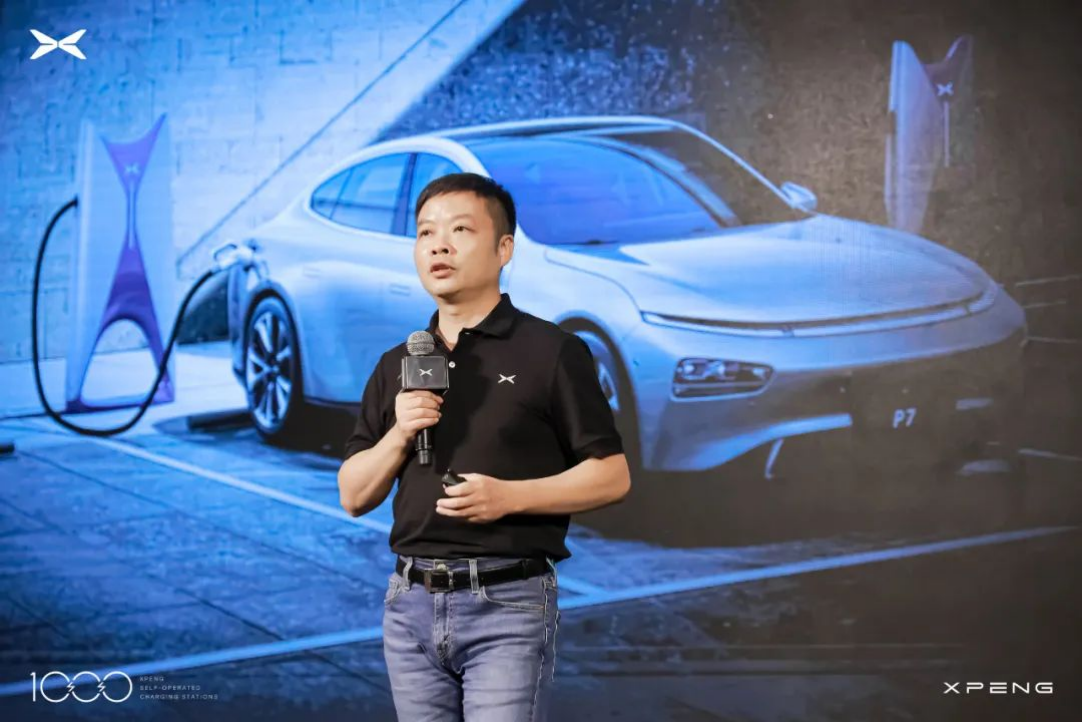
“Dreams are the meaning of life. Everyone’s life is short and usually less than 100 years. For those of us in our 40s who have achieved economic stability, I believe it’s important to do something cool.”
This is another sentence from He XPeng during an interview that left a deep impression on me.
This not only explains why He XPeng, who holds 10 billion yuan, decides to start a second business, but also helps us understand better what the whole XPeng is doing now.
For most of us, our daily lives are occupied by the mundane; we tend to interpret things based on their pros and cons rather than their meaning.
However, for someone pursuing a dream, for a company pursuing changing the world through technology, or for anyone aspiring to make the world a better place, long-term meaning is far more important than short-term benefits.
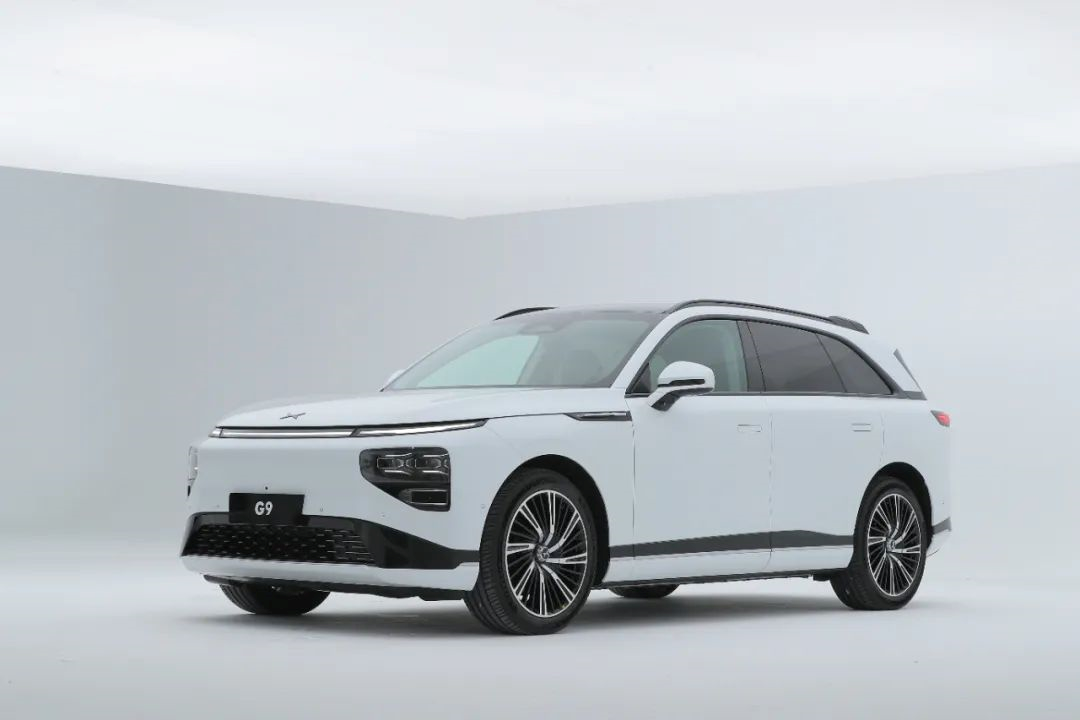 # This world is not short of car companies, let alone entrepreneurs, but what sets He XPeng and XPeng Motors apart is that they have always insisted on doing meaningful things.
# This world is not short of car companies, let alone entrepreneurs, but what sets He XPeng and XPeng Motors apart is that they have always insisted on doing meaningful things.
Or as they put it: “Do difficult and correct things.”
Looking forward to 1024 next year, as we always look forward to a better future.
This article is a translation by ChatGPT of a Chinese report from 42HOW. If you have any questions about it, please email bd@42how.com.
